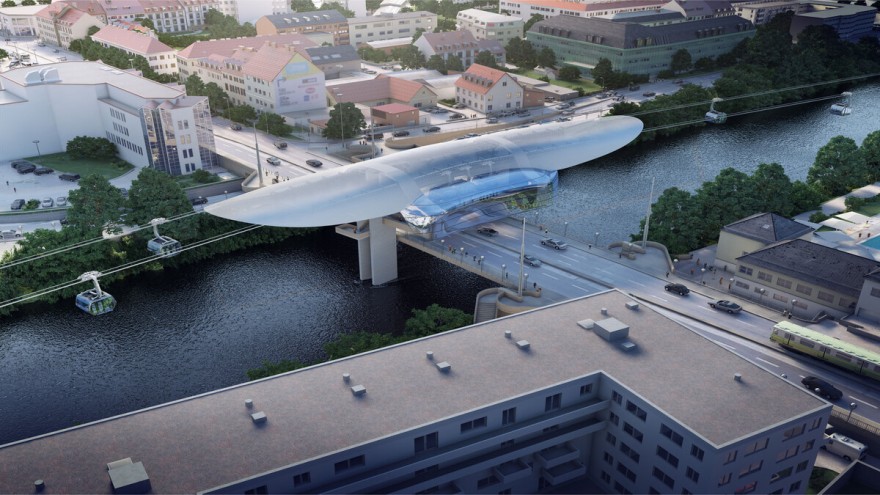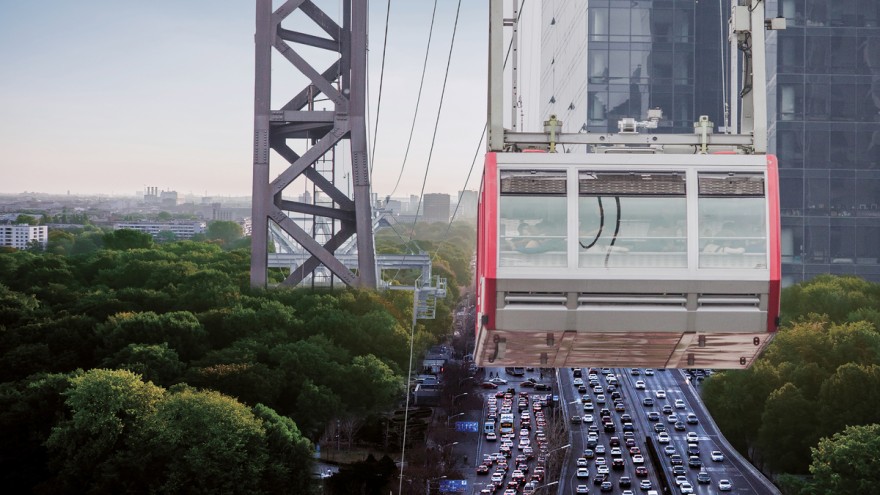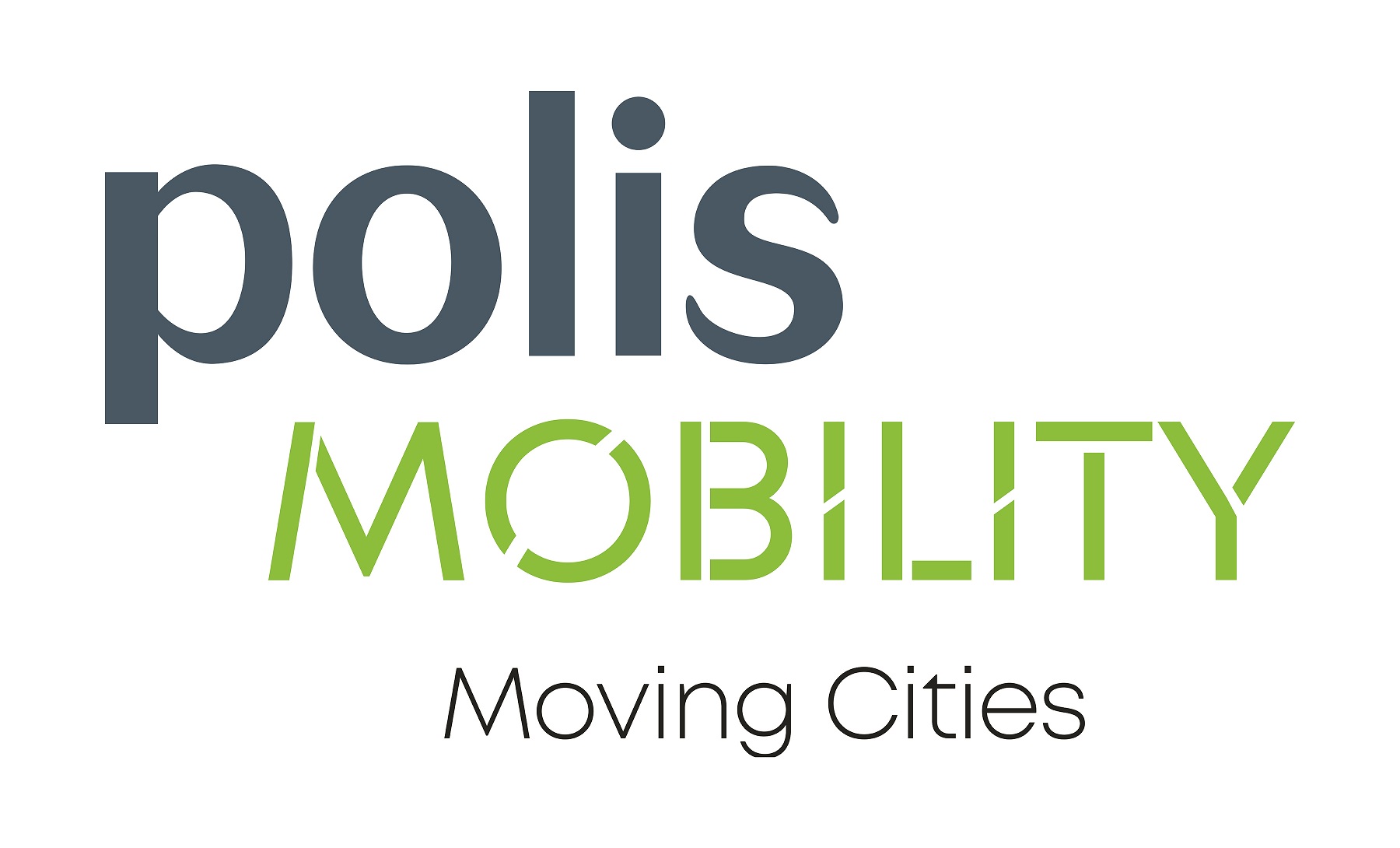
Photo: titel_seilbahn_in_der_stadt_konz_m24_full_m36_1025
Up in the air – The cable car as a new dimension for urban mobility solutions
05 March 2022
Impressive views, no traffic jams and no emissions – a cable car trip is always an experience. Mainly implemented for touristic purposes in Europe, it comes under repeated discussion as a means of local public transport.
Many cities in South America, such as the Capital of Bolivia, La Paz, or the Colombian metropolis, Medellín, have integrated cable car solutions into their transport systems over the past years. The original purpose of the cable car – travelling between different heights, is still the main reason for implementing such a system today, but not a precondition. For example, a cable car network opened in 2014 that now spans a distance of more than 30 kilometres through the metropolitan area of La Paz, which has an elevation difference of more than 1,000 metres. It has two aims – to relieve pressure on the road transport network and ease mobility-related segregation dynamics.

Although the concept and production of cableway systems are deeply rooted in Europe, cities in this part of the world are still comparatively conservative about implementing cable car systems within their transport networks. This is demonstrated, among others, by numerous proposed projects in various large German cities (e.g. in Wuppertal, Hamburg and Cologne), which were ultimately rejected by local referendums or district councils, in some cases after having reached the final stage. In each of these cities, the aim was to increase the accessibility of certain districts cut off from the city centre by barriers (differences in elevation, waterways, building developments) by constructing a cableway. As a result, most urban cable car systems in Germany are still mainly tourist-oriented for the time being.
However, Koblenz is an example of how well-accepted cable car systems are. Built in 2011 for the National Garden Show, the cable car there was supposed to be long-since dismantled – however a citizen initiative in Koblenz asserted itself so that it could be retained. Since then, in total 18 electricity-powered cabins, with a passenger capacity of up to 7,600 people an hour transports visitors. During the garden show alone, just under seven million passengers opted for the cable car ride over the Rhine. Also beyond this there are 210 cableways in Germany – 124 of which are located in Bavaria – all of which are used for tourist purposes.
Reconsider, rethink, do it differently
However, cable cars are coming under closer consideration as a means of urban local transport in Germany too in the face of the increased traffic jams, noise and emissions. This is particularly the case in larger cities, where streets and public transport networks are reaching their limits or have long-since exceeded them. Although cars are only used for an average of one hour a day, the German passenger car fleet grows by between 500,000 and 700,000 vehicles annually.
“The construction of underground railways is expensive and new streets are hardly possible anymore due to lacking space, said Sebastian Beck, an infrastructure expert at the Stuttgart-based planning and consulting company, Drees & Sommer SE.
“A new way of thinking has come about due to the sustainability principle that is being actively promoted in Germany more and more. A very good alternative of designing the cities in a greener and more eco-friendly way in future, could thus be the implementation of urban cableways in the so-called ‘Level +1’,”.
Gliding over traffic emission-free
Cable car systems offer the biggest opportunities for a more sustainable and more liveable alignment of public traffic: Traffic jams, air pollution and traffic noise are forcing cities to reduce the existing burdens. To a large extent, cable cars use the airspace independently from the remaining traffic.
“They hardly cause emissions themselves – when operating using renewable energy they even achieve zero emissions, added Beck.
“Furthermore, they do not compete with cars, buses or trains, but are instead a supplement to them instead, opening up a new, third level of mobility. What’s more they are quiet, safe and efficient.”




